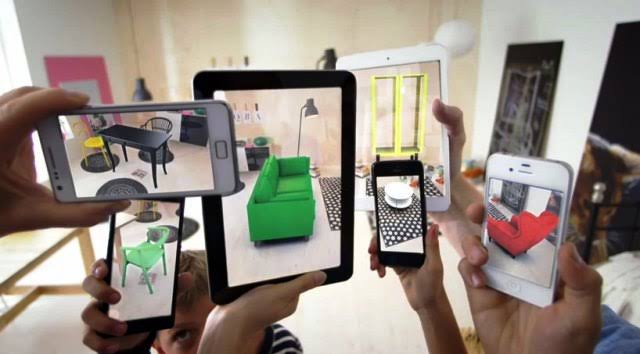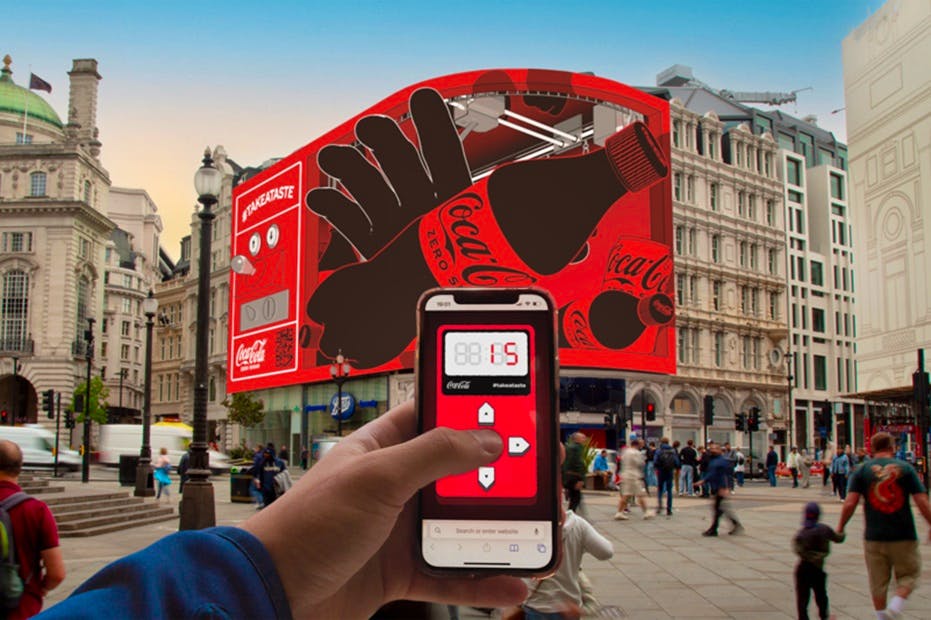
Step into the future of marketing with AR and VR in digital advertising. Discover how augmented and virtual reality are reshaping brand experiences, driving engagement, and revolutionizing ad strategies. Explore the cutting-edge world of immersive technology today!
Table of Contents
- Introduction: The Rise of AR and VR in Digital Advertising
- Why Brands are Investing in AR and VR Experiences
- Real-World Examples of AR and VR in Digital Advertising
- Benefits of Using AR and VR for Marketing Strategies
- Future Trends: What’s Next for AR and VR in Digital Advertising?
- Conclusion: Embrace the Future of Digital Marketing
The Rise of AR and VR in Digital Advertising
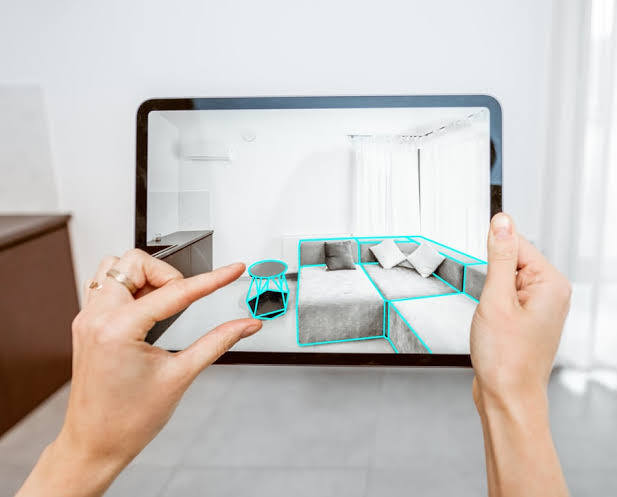
Imagine trying on a pair of shoes virtually before buying them or visualizing how a new couch would look in your living room without stepping into a store. This isn’t science fiction—it’s the power of AR and VR in digital advertising.
Augmented Reality (AR) and Virtual Reality (VR) have transcended gaming and are now essential tools in marketing strategies. Brands are using these technologies to create immersive, interactive experiences that captivate audiences and drive engagement.
In this blog, we’ll explore how AR and VR in digital advertising are revolutionizing the way brands connect with consumers, and why you should embrace these innovations to stay ahead of the competition.
Why Brands are Investing in AR and VR Experiences
Why the sudden buzz around AR and VR in digital advertising? The answer lies in the unmatched user engagement these technologies offer.
- Enhanced customer experiences: AR allows consumers to interact with products virtually — think of trying on makeup filters or previewing furniture placements.
- Immersive storytelling: VR transports users into a brand’s world, offering an emotional connection that static ads simply can’t achieve.
- Increased conversion rates: Studies show that interactive ads have higher click-through rates and significantly boost purchase intent.
Brands are now realizing that traditional ads no longer cut it — today’s consumers crave experiences.
Real-World Examples of AR and VR in Digital Advertising
Let’s break down how top brands are leveraging AR and VR in digital advertising:
IKEA Place App:
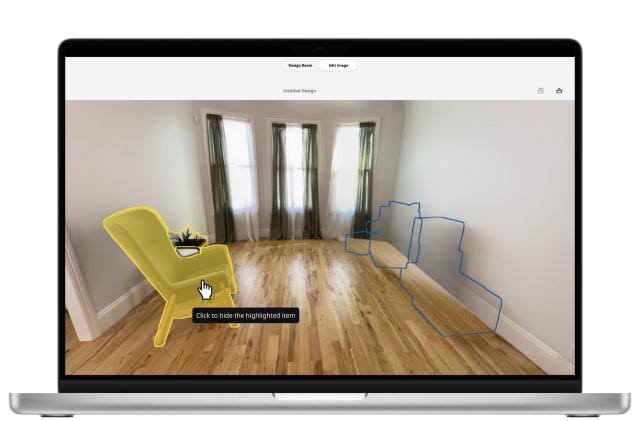
Using AR, customers can visualise how furniture will look and fit in their homes, boosting buyer confidence.
Nike’s Virtual Try-On:
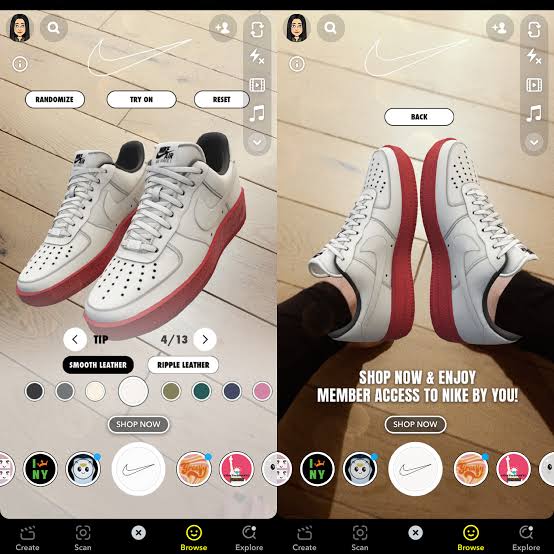
Nike leverages AR to let users try on sneakers virtually, enhancing the online shopping experience.
Coca-Cola’s VR Christmas Campaign:

Coca-Cola created a VR sleigh ride experience, allowing users to “travel” through a winter wonderland — turning passive viewers into active participants.
These campaigns prove that AR and VR in digital advertising go beyond gimmicks—they build emotional connections and influence purchasing decisions.
Benefits of Using AR and VR for Marketing Strategies
Integrating AR and VR in digital advertising offers more than just a cool factor. Let’s break down the tangible benefits:
1. Boosted Engagement and Interactivity
AR and VR break the monotony of static ads by inviting users to engage with brands. This two-way interaction fosters stronger emotional bonds.
2. Higher Conversion Rates
Consumers are more likely to buy a product after experiencing it virtually. Interactive ads reduce hesitation by offering a “try before you buy” feel.
3. Stronger Brand Recall
Immersive experiences are memorable. Users are more likely to remember a VR ad that transported them to a tropical paradise than a standard banner ad.
4. Data-Driven Insights
Brands can gather real-time data on user interactions with AR/VR content, helping refine ad strategies and target audiences more effectively.
Future Trends: What’s Next for AR and VR in Digital Advertising?
As technology evolves, the future of AR and VR in digital advertising looks even more promising:
- AI-Driven Personalization: Combining AI with AR/VR will create hyper-personalized ad experiences tailored to individual preferences.
- Metaverse Integration: Brands will build virtual storefronts in the metaverse, blurring the lines between digital and physical shopping.
- 5G-Powered Experiences: Faster internet will enhance AR/VR performance, eliminating lag and ensuring seamless user experiences.
Keeping up with these trends will be crucial for marketers aiming to stay ahead of the curve.
Embrace the Future of Digital Marketing
The future of advertising isn’t just on screens—it’s beyond them. AR and VR in digital advertising are revolutionising the way brands tell stories, engage audiences, and drive conversions.
If you want your brand to thrive in this ever-evolving digital landscape, it’s time to integrate AR and VR into your marketing strategy. Don’t just sell — create experiences.
Ready to unlock the potential of AR and VR for your brand?

